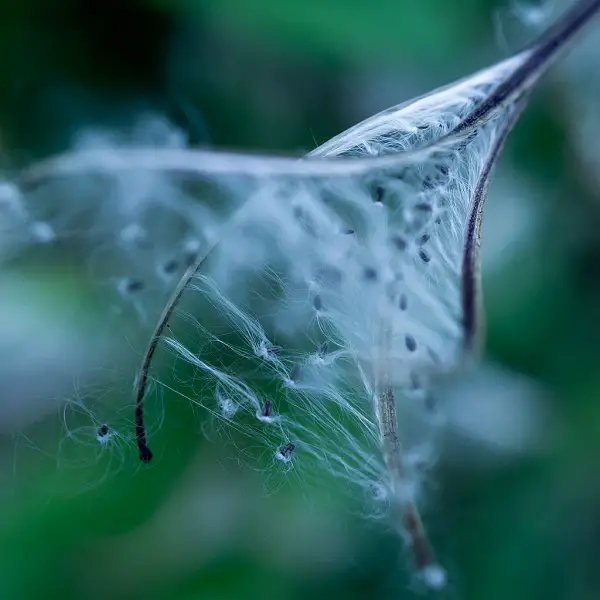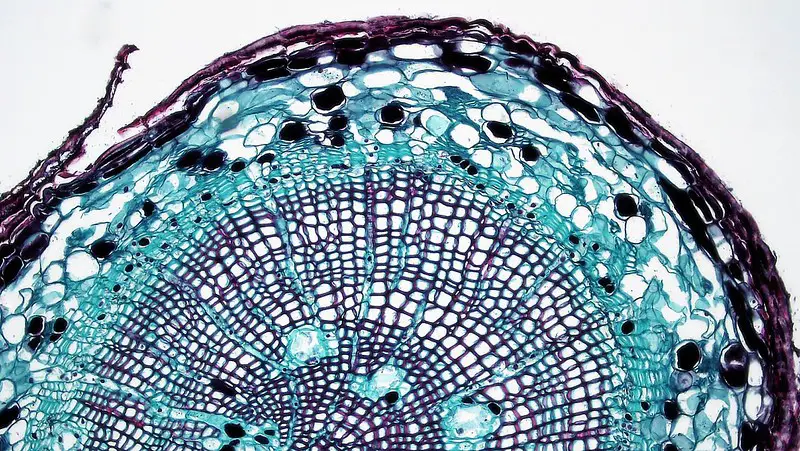Plant Growth
Although plants are stationary, they still respond to the environment by altering their growth. Whereas animals are characterized by a determinate growth, where they cease to grow after reaching a certain size, most plants can continue to grow so long as they live, a condition called indeterminate growth. Indeterminate growth, however, does not mean plants are immortal.

Flowering plants can be characterized based on their life cycles. Annual plants emerge from seeds, grow, and die in a single year or in a growing season. Biennials complete their life cycle in two years, with flowering and seed production occurring in the second year. Perennials are plants that live and reproduce for many years.
Types of Plant Growth
1. Primary Growth
Plants can keep growing because of tissues called meristems, which contain unspecialized cells that divide when conditions permit. Meristems at the tips of roots and buds of shoots are called apical meristems that enable a plant to lengthen in a process called primary growth.
Primary growth produces primary tissues such as the roots that dig further into the soil and the shoot that continues to go upward. Although apical meristems lengthen both root and shoot, there are differences in mechanisms of primary growth in each.
Primary growth in plants can be seen when viewing a slide of an onion root under a microscope. The tip of the root is covered by a root cap that protects the actively dividing cells of the apical meristem.
Growth in length occurs just behind the root tip where three zones of primary growth can be observed. These are the zones of cell division, elongation, and differentiation. These zones can overlap with no sharp boundaries between them.
The zone of cell division includes the apical meristem and the cells derived from it, which also include the cells of the root cap. In the zone of elongation, cells grow longer and this allows the root to dig deeper into the soil. The three tissue systems, which we discussed earlier, complete their development in the zone of differentiation.
The same elongation process also pushes the shoot of a plant upward. When viewing the tip of a young, growing shoot under a microscope, you will be able to observe the apical meristem as a dome-shaped mass of dividing cells at the tip of the terminal bud. Elongation occurs below this meristem which causes the shoot to lengthen upwards. As the apical meristem advances upward, some of its cells remain behind, becoming axillary bud meristems at the base of the leaves.
2. Secondary Growth

Woody plants grow in diameter in addition to length, thickening in regions where primary growth has ceased. This increase in thickness of stems and roots is called secondary growth and is due to the activity of dividing cells in the lateral meristems. The dividing cells are arranged into two cylinders, the vascular cambium, and the cork cambium.
The vascular cambium is a thin cylinder of meristem cells between the primary xylem and primary phloem. It is wholly responsible for the production of secondary growth. Secondary growth involves adding layers of vascular tissue on either side of the vascular cambium.
Tissues produced by secondary growth are called secondary tissues with the vascular cambium giving rise to two new tissues: the secondary xylem to its interior and secondary phloem to its exterior. The secondary xylem makes up the wood of a tree and the annual layering of the secondary xylem results in tree rings.
You might notice that a growing tree has a greener, younger shoot than its older stems. This is because, unlike the xylem, the tissues external to the vascular cambium are sloughed off as the stem expands in diameter. This is seen as the cracked, peeling bark of many tree trunks.
When secondary growth begins, the epidermis is shed and replaced by a new outer layer called cork. Mature cork cells are dead and have thick, waxy walls that protect underlying tissues from water loss, physical damage, and pathogens. Cork is produced by the cork cambium, which first forms from parenchyma cells in the cortex.
Everything external to the vascular cambium is called bark. Its main components are the secondary phloem, the cork cambium, and the cork. The youngest secondary phloem acts for sugar transport, while the older secondary phloem dies along with the cork cambium.
Tissues produced by the cork cambium are pushed outward until they are sloughed off as part of the bark and to keep pace with secondary growth, the cork cambium keeps regenerating from the younger secondary phloem, producing a steady supply of cork.
When viewing the cross-section of a tree trunk (or a log), the bulk of it is dead tissue. The living tissues are the vascular cambium, the youngest secondary phloem, the cork cambium, and cells in the wood rays.
Wood rays are made of parenchyma cells. The heartwood, in the center of a trunk, is made of older layers of secondary xylem. The lighter-colored sapwood is the younger secondary xylem that conducts the sap.
In a sense, wood is analogous to the skeletons of many land animals. Wood is an evolutionary adaptation that enables many trees to remain upright on land and to keep growing year after year–sometimes to attain enormous heights, like the sequoia trees.
Up next, we will discuss how some additional adaptations enable plants to live on the land–those that help in their reproduction.
Next topic: Reproduction in Flowering Plants
Previous topic: Plant Cell Types
Return to the main article: Plant Form and Functions
Download Article in PDF Format
Test Yourself!
1. Practice Questions [PDF Download]
2. Answer Key [PDF Download]
Copyright Notice
All materials contained on this site are protected by the Republic of the Philippines copyright law and may not be reproduced, distributed, transmitted, displayed, published, or broadcast without the prior written permission of filipiknow.net or in the case of third party materials, the owner of that content. You may not alter or remove any trademark, copyright, or other notice from copies of the content. Be warned that we have already reported and helped terminate several websites and YouTube channels for blatantly stealing our content. If you wish to use filipiknow.net content for commercial purposes, such as for content syndication, etc., please contact us at legal(at)filipiknow(dot)net